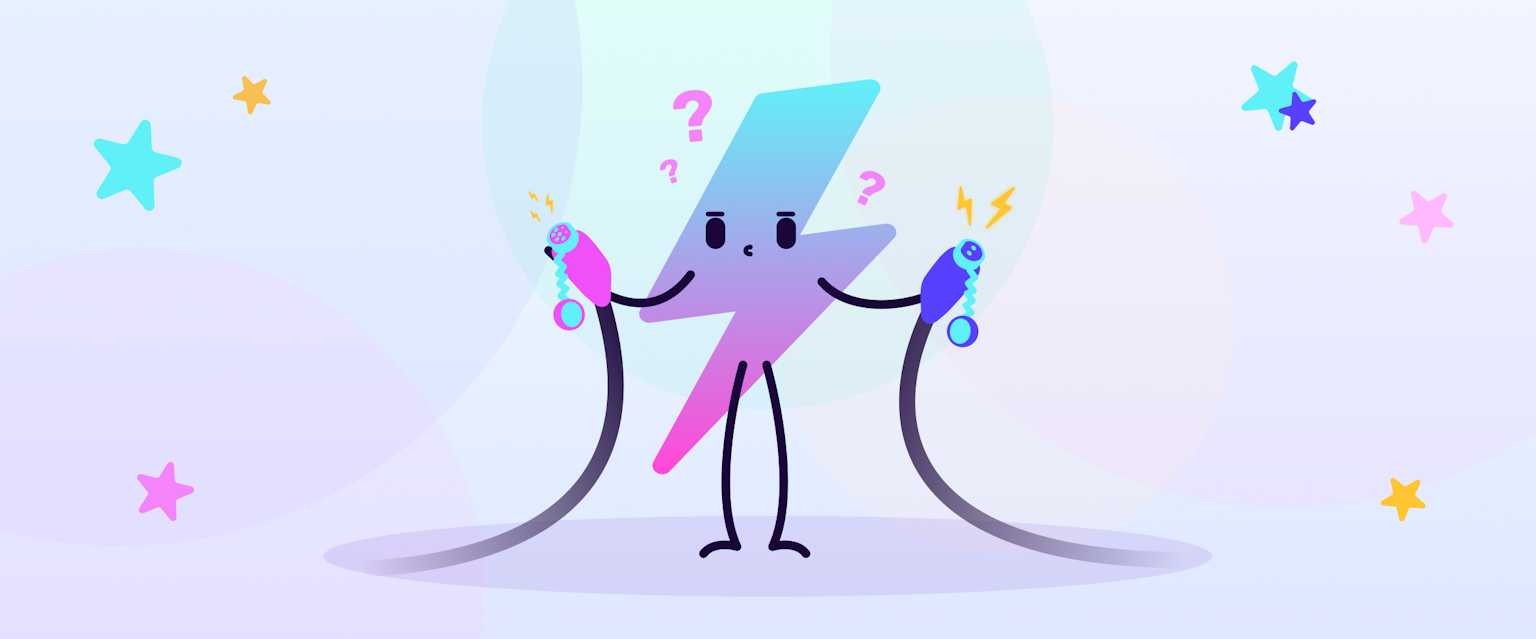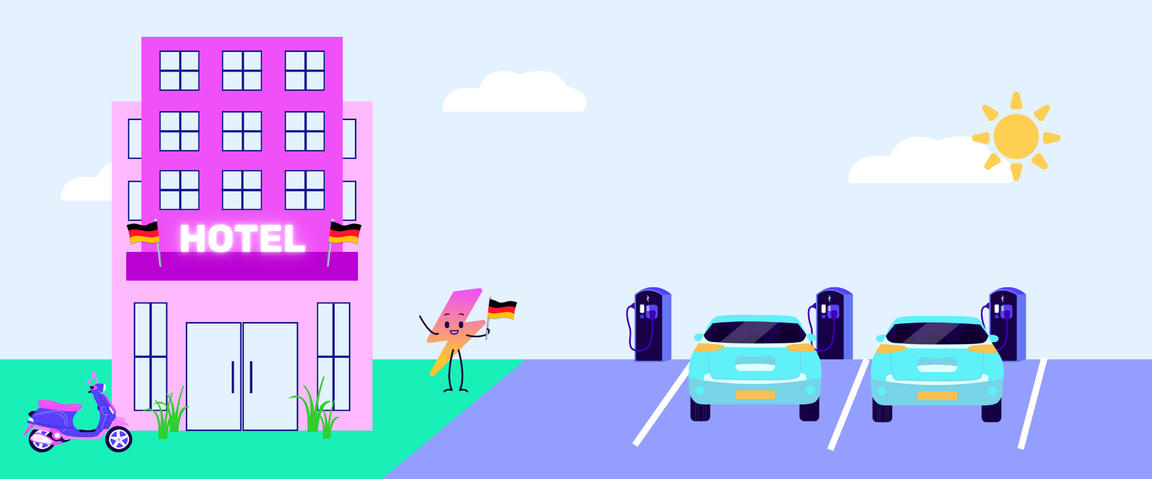Germany - the largest country in Western Europe - is no stranger to culture. From the picturesque Rhine Valley and Black Forest to the buzzing cities of Berlin and Munich, no matter what you’re looking for, Germany has the answer.
With a substantial public EV charging infrastructure, Germany has become a well-trodden path for EV drivers in the past few years, so we’ve created this guide to help you start planning your trip.
Let’s get plugged in…









